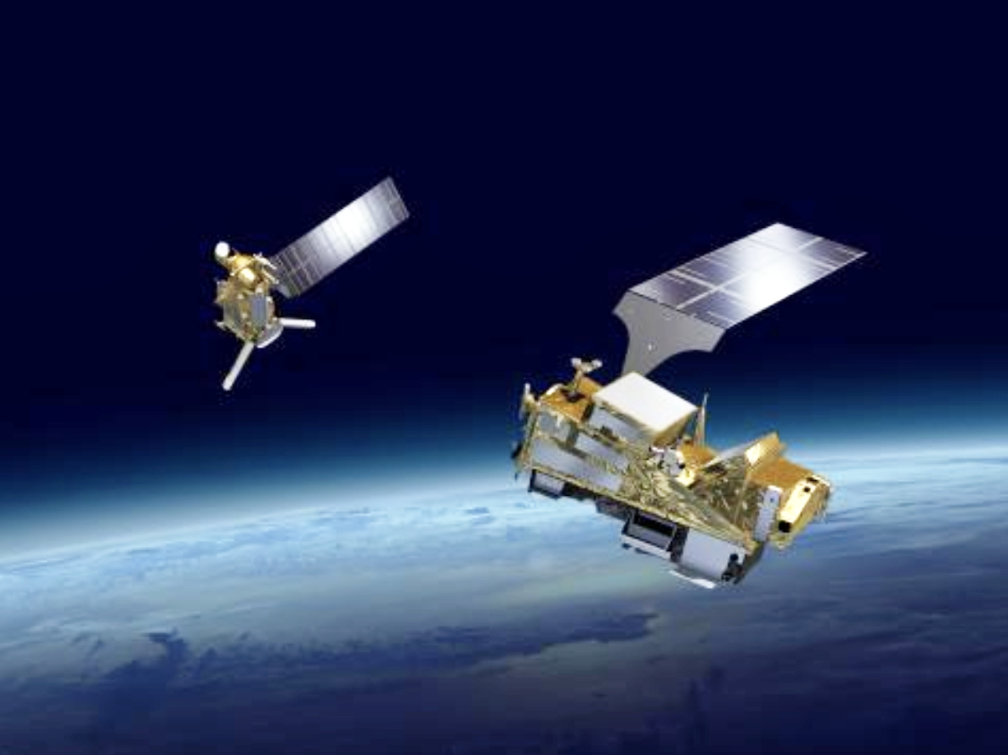
EUMETSAT will examine the expansion of its LEO-orbiting fleet with new, complementary, satellite systems.
Meeting in Darmstadt, Germany, the EUMETSAT Council authorized the organization to proceed with a €26.8 million investment over the next three years in the preparatory phase of new satellite systems designed to significantly improve weather forecasting accuracy.
The funding will allow engineering activities to continue on the EUMETSAT Polar System (EPS) – Aeolus and EPS-Sterna missions, which would measure winds and atmospheric temperature and humidity respectively. The work will pave the way for the council’s decision, by mid-2025, whether to proceed with the two programs.
The EPS-Sterna mission would enable the provision of atmospheric temperature and humidity profiles. The mission would significantly benefit medium and short-range weather forecasting globally, as well as enhancing very-short-range forecasting regionally at high latitudes. This mission would be a constellation of smallsats, based on the Arctic Weather Satellite that was developed by the European Space Agency (ESA) and is planned for a 2024 launch.
The EPS-Aeolus mission would be the successor to ESA’s Aeolus Earth Explorer mission that is currently in orbit. EUMETSAT would operate the Aeolus-2 instrument and satellite, whose development was approved by ESA’s ministerial council last month, and plans to procure a recurrent satellite to cover more than 10 years of observations.
Aeolus would allow wind vectors from the ground to 30km altitude to be determined by measuring the Doppler shift of signal backscattered by the pulses from an ultraviolet laser.
This novel observation has proven to have a significant impact on the quality of weather forecasts.
“Our goal is to provide meteorological services in our member states with the data they need to provide timely, accurate weather forecasts to keep their communities safe and enhance their economies,” EUMETSAT Director-General, Phil Evans, said. “The council’s decision is an important commitment to these two innovative satellite systems.”

